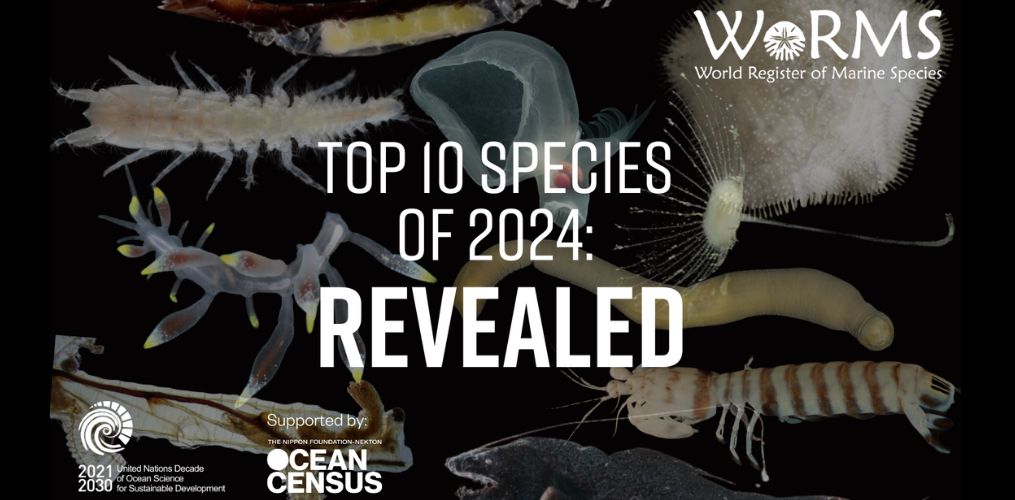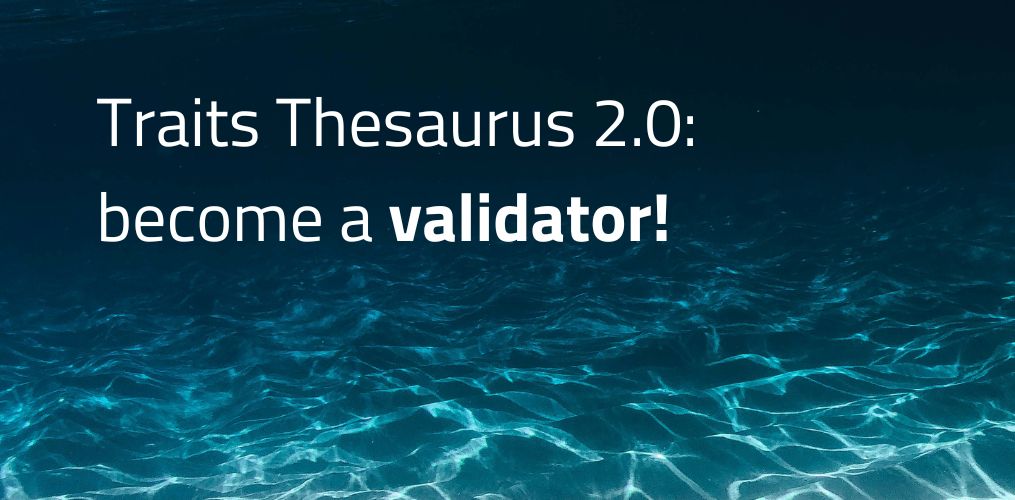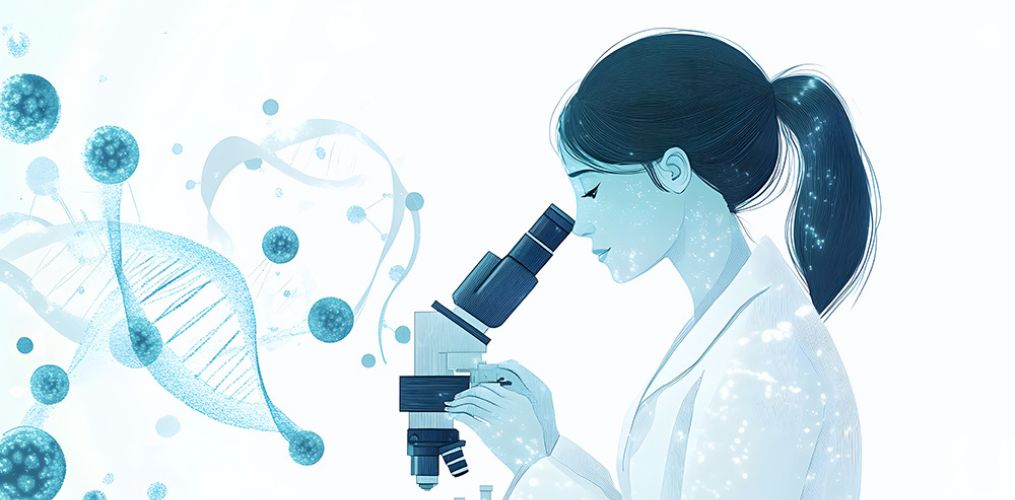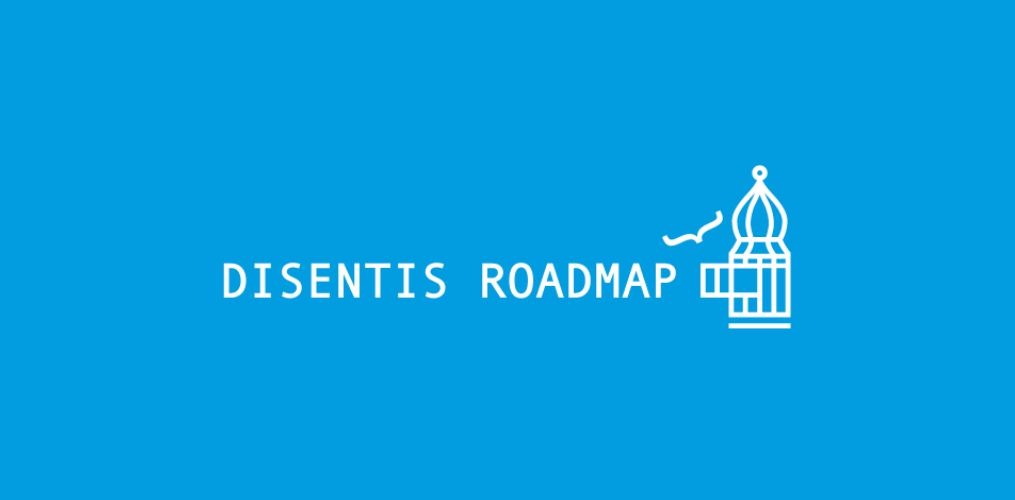BMD (Biodiversity Meets Data) aims to enhance access to high-throughput biodiversity monitoring tools, analyses, and data to support evidence-based conservation efforts across Europe.
The project, coordinated by Niels Raes from Naturalis Biodiversity Center, kicked off in Leiden, the Netherlands, at the beginning of March 2025 (click here for a nice group picture). Joaquín López Lérida attended the meeting on behalf of LifeWatch ERIC. During the event, presentations on the current biodiversity policy landscape highlighted how Biodiversity Meets Data can support key initiatives such as the EU Biodiversity Strategy for 2030, the Birds and Habitats Directives and the Nature Restoration Law.
Even before its official launch, the project had already made its first appearances – at the The European Marine Observation and Data Network (EMODnet) workshop in November 2024, and at the Eurosite – European Land Conservation Network Annual Meeting in October.
More specifically, BMD will provide a Single Access Point (SAP) for natural resource managers and policymakers, offering access to:
- Biodiversity monitoring tools including image, sound, e-DNA and AI taxon identification services;
- Co-designed Virtual Research Environments (VREs) for terrestrial, freshwater and marine realms;
- A Web-GIS Map Viewer for data exploration.
The Virtual Research Environments (VREs) will build on the expertise of eLTER (terrestrial and freshwater domains) and LifeWatch ERIC (marine domain), combining biological data with environmental, climatic, and remotely sensed datasets.
These integrated platforms will bridge knowledge gaps through predictive modelling, supporting the identification of drivers of change and enabling analysis of climate and land cover impacts on species and habitats.
In addition to its role in the marine VRE, LifeWatch ERIC will also contribute to the data visualisation engine and the design of the Single Access Point, and lead learning, training, and capacity-building initiatives.
The project’s tools and services will be co-designed and co-developed with stakeholders, ensuring user input guides every stage. Contributions from Biodiversa+ and BioDiMoBot during the kick-off meeting presented opportunities to connect BMD with ongoing biodiversity monitoring efforts across Europe.
BMD will help turn biodiversity data into actionable insights for conservation and policy, thanks to the collaboration of 14 partner institutions.
Funders: the European Union’s Horizon Europe Research and Innovation Programme and the Swiss State Secretariat for Education, Research and Innovation (SERI).
Stay in touch via the official website: https://bmd-project.eu




